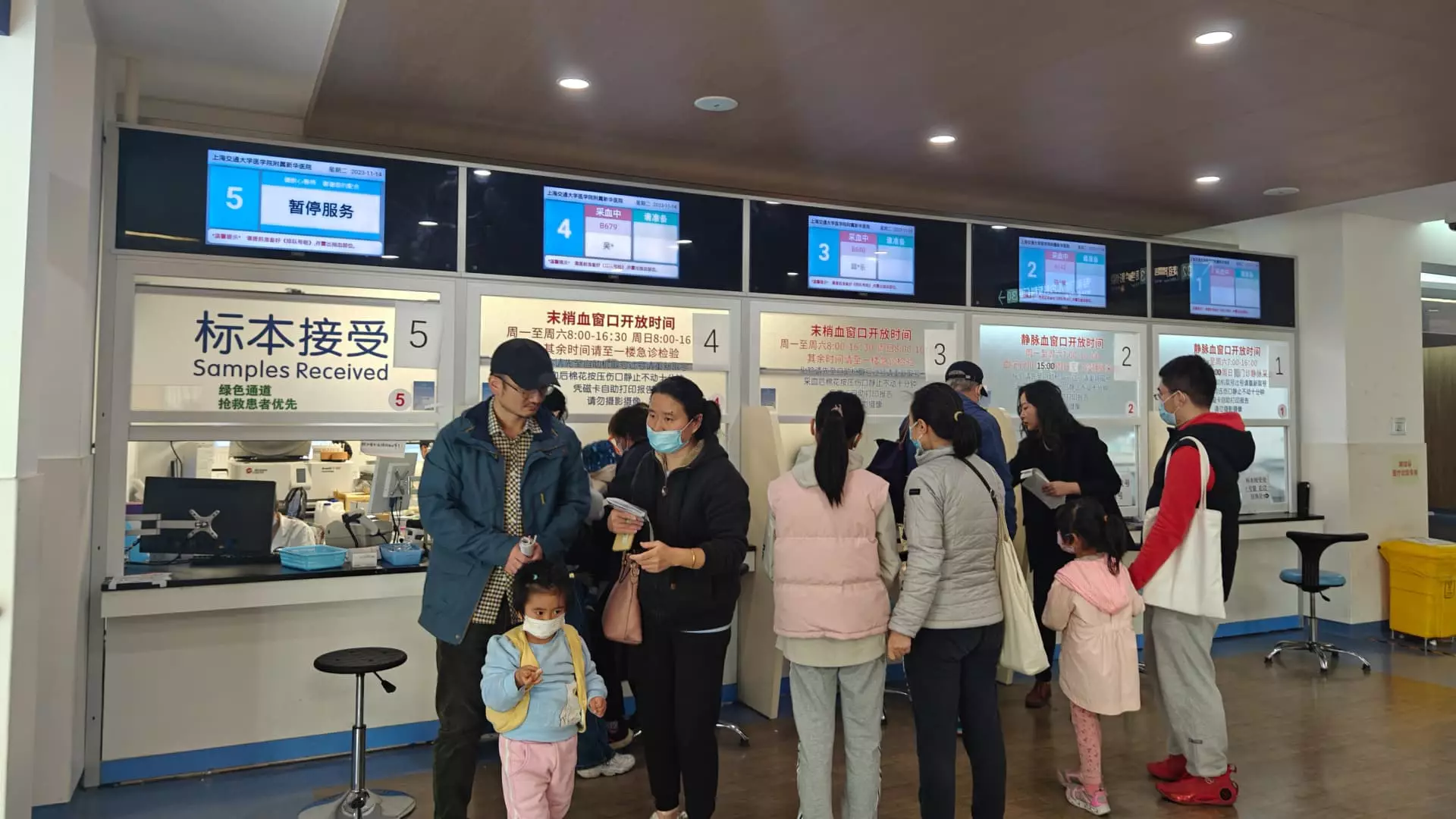China’s health ministry is calling on local authorities to take immediate action to address the alarming rise in respiratory illnesses as the country faces its first winter season since easing COVID-19 restrictions. This surge in cases has garnered global attention, prompting the World Health Organization (WHO) to request further information from China. The transparency of reporting during the early stages of the pandemic has been a subject of scrutiny towards both China and the WHO. However, according to the WHO, no new or unusual pathogens have been identified in the recent illnesses.
To effectively manage the surge in respiratory illnesses, the National Health Commission spokesperson, Mi Feng, emphasized the need to increase the number of fever clinics and treatment areas. He further advised extending service hours and ensuring an adequate supply of essential medications. The commission also stressed the importance of robust epidemic prevention and control measures in key crowded places such as schools, childcare institutions, and nursing homes to minimize the spread of respiratory illnesses.
Northern regions like Beijing and Liaoning province are seeing a particularly high incidence of respiratory illnesses among children. This has led to long waiting times in hospitals, highlighting the urgency to address the situation. The State Council, China’s cabinet, has warned of the peak of influenza cases during this winter and spring, as well as the continued high prevalence of mycoplasma pneumoniae infection in certain areas. Additionally, there remains a risk of a rebound in COVID-19 infections.
The State Council has emphasized the importance of timely and accurate reporting of infectious diseases. This serves as a crucial step in effectively managing and controlling the spread of illnesses. By providing up-to-date information, authorities can take necessary measures to reduce transmission rates and protect vulnerable populations.
China’s health ministry attributes the surge in respiratory illnesses to the simultaneous circulation of various pathogens, most notably influenza. The lifting of COVID-19 restrictions nearly a year ago may have contributed to the current situation. The WHO supports this claim, suggesting a link between the recent cases and the relaxation of COVID-19 measures. Furthermore, the circulation of known pathogens like mycoplasma pneumoniae, a bacterial infection primarily affecting children, has further compounded the situation.
China is facing a significant challenge in combating the rise in respiratory illnesses during its first winter season since the COVID-19 pandemic began. With a focus on increasing the number of fever clinics, extending service hours, and ensuring an adequate supply of medications, authorities aim to curtail the spread of these diseases. Additionally, implementing effective epidemic prevention and control measures in key crowded places and prioritizing timely and accurate reporting will be crucial in managing the situation. By taking swift and comprehensive action, China can mitigate the impact of respiratory illnesses and protect its population’s health and well-being.


Leave a Reply